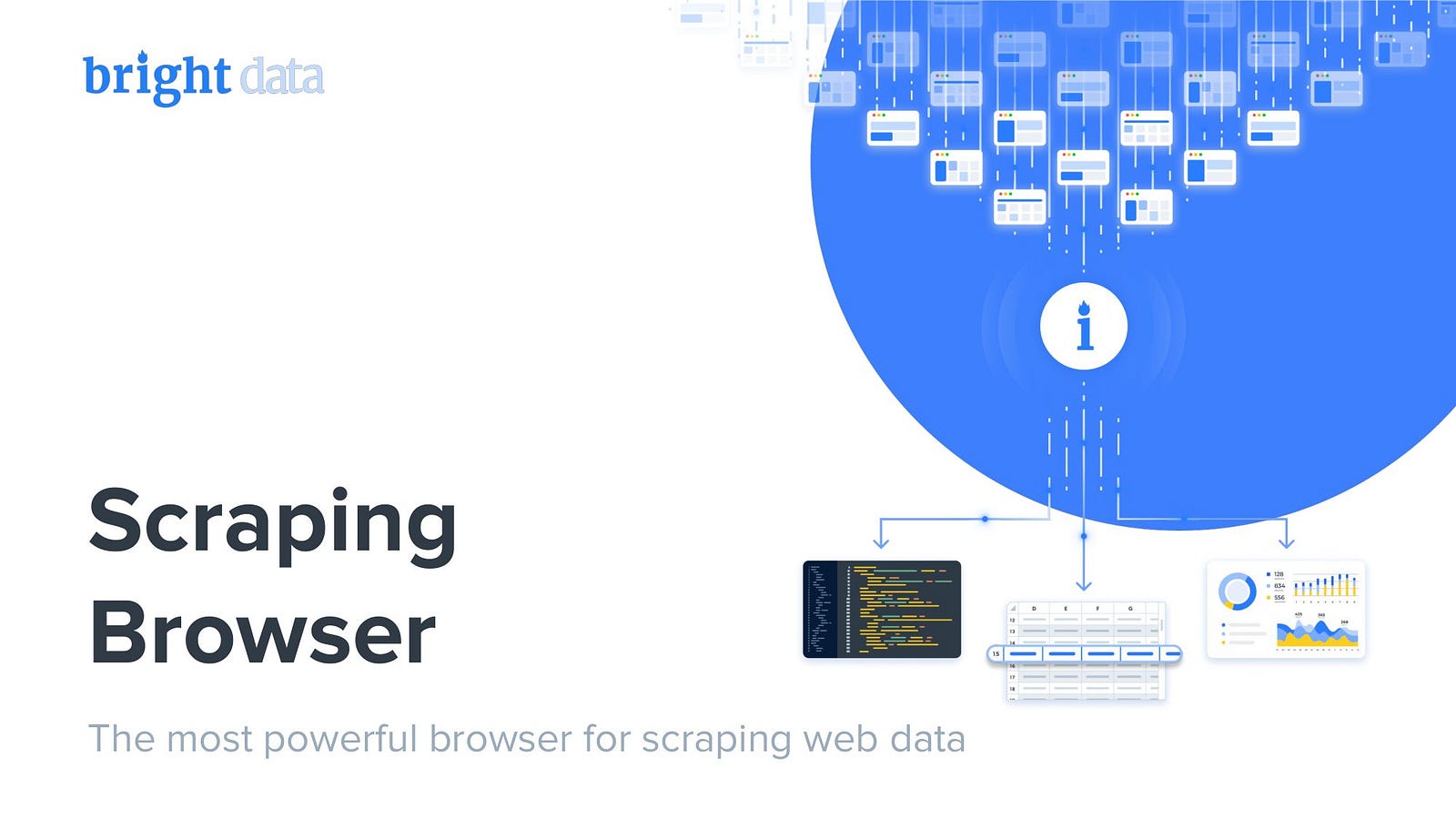Debugging is not just a part of coding -it’s where most of us spend half our development time. Late-night bug hunts, coffee gone cold, staring at the same line of code for hours -we have all been there. That’s why the right debugging tools can save hours, protect your sanity, and make you a faster, more confident developer.
In this post, I am sharing the 10 debugging tools every developer should know, with pros, cons and how I have used them in real projects.
1. Chrome DevTools -The Frontend Lifesaver
Every frontend bug I have ever fixed started here. From inspecting elements to live-editing CSS, tracking network calls and stepping through JS-Chrome DevTools is my go-to.

Image Credit-developer.chrome.com
Pros: Built-in, free, and extremely powerful. Cons: Can look intimidating if you are new. Real-life use: Once saved a production layout bug by hot-fixing CSS in DevTools before shipping a proper patch.
2. Postman -API Debugging Without Pain
Postman is perfect for reproducing API issues without spinning up the whole frontend.
Pros: Great UI, lets you save and share requests. Cons: Heavy for quick requests, but worth it. Real-life use: Found a failing POST request because my JSON format was slightly wrong-caught in minutes with Postman.
3. VS Code Debugger -Step Through Like a Pro
Console logs are good, but breakpoints are better. VS Code’s debugger lets you step through code, inspect variables, and skip the log spam.
Pros: Works out of the box for most setups. Cons: Needs a little config for Node or SSR React apps. Real-life use: Used it to track a memory leak in a Node app that would have taken hours with just logs.
4. Git Bisect-Hunt Down That Buggy Commit
Git Bisect is my secret weapon for finding which commit broke something.
Pros: Super quick for regression bugs. Cons: Needs a reproducible test case to work. Real-life use: Once tracked a two-week-old bug to a single commit-without bisect, I would have blamed the wrong code.
5. Sentry-Production Bug Tracking
Logs are nice, but Sentry shows exactly where things break, with stack traces and user context.
Pros: Alerts, detailed reports, and user sessions. Cons: Free plan has limits. Real-life use: Found a Safari-only bug through Sentry that users were silently suffering from.
6. Wireshark -Deep Network Debugging
When requests just disappear, Wireshark is my last resort.
Pros: Lets you inspect network packets in detail. Cons: Steep learning curve if you’re new. Real-life use: Found a proxy misconfiguration dropping requests randomly -without this, I would still be guessing.
7. Docker Logs & Exec-Debug Inside Containers
For containerized apps, docker logs and docker exec are must-haves.
Pros: Lets you debug live containers easily. Cons: Requires Docker know-how. Real-life use: Jumped into a running container to check environment variables -found a missing config in minutes.
8. ESLint & Prettier -Prevent Bugs Before They Happen
Clean code = fewer bugs. ESLint catches silly mistakes, and Prettier keeps code consistent.
Pros: Prevents small bugs early. Cons: Can feel noisy if rules aren’t set right. Real-life use: ESLint once caught an unused variable that was silently breaking production.
9. Log Monitoring Tools (Graylog, Kibana)
When something breaks in production, logs tell the story. Centralized logging saves hours of guesswork.
Pros: View logs across services in one place. Cons: Needs setup and server resources. Real-life use: Traced a payment failure flow across microservices in minutes-without touching code.
10. Rubber Duck Debugging
Rubber duck debugging is old but gold. Explaining the bug to someone else (or a literal rubber duck) works surprisingly well.
Pros: Free, instant clarity. Cons: People may look at you weirdly. Real-life use: Many times, just writing a Slack message describing the bug made the solution pop into my head before I hit send.
Editor’s Note-I am not affiliated with any of the tools, websites, or services mentioned in this article. All links and references are shared purely for educational purposes based on personal experience and to help fellow developers explore useful debugging tools.
Debugging is not just about fixing errors -it’s about having the right tools to make your life easier. Start with these, get comfortable and you will cut your debugging time in half.
Thanks for Reading 🚀🙏….don’t forget to drop your love ❤️
A message from our Founder
Hey, Sunil here. I wanted to take a moment to thank you for reading until the end and for being a part of this community.
Did you know that our team run these publications as a volunteer effort to over 3.5m monthly readers? We don’t receive any funding, we do this to support the community. ❤️
If you want to show some love, please take a moment to follow me on LinkedIn, TikTok, Instagram. You can also subscribe to our weekly newsletter.
And before you go, don’t forget to clap and follow the writer️!




